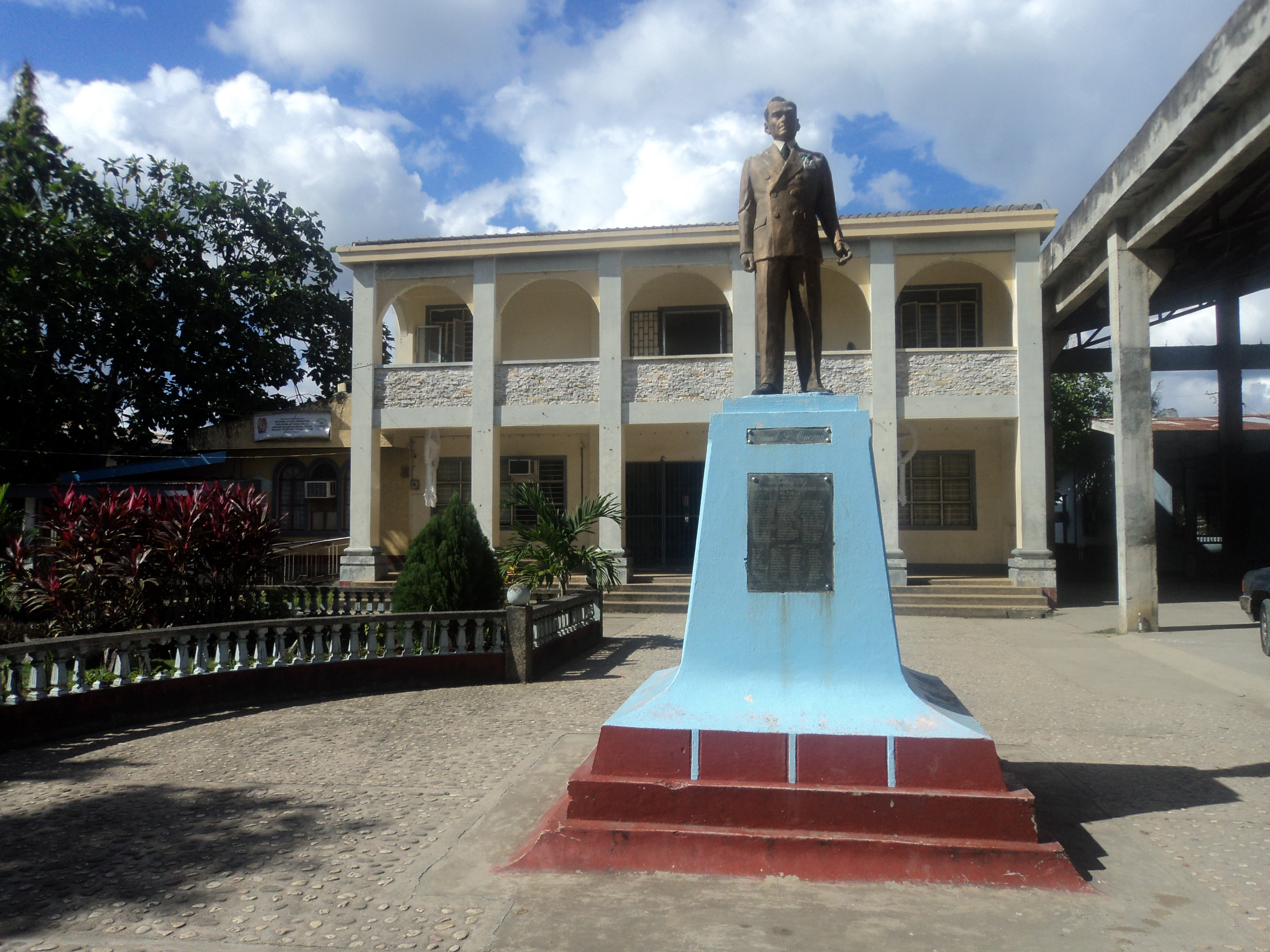|
Limestone Tombs Of Kamhantik
The Limestone Tombs of Kamhantik is an excavated remains of a thousand-year-old barangay (a term used to connote a polity during the classical era) found in the jungles of Mount Maclayao in Sitio Kamhantik within the Buenavista Protected Landscape of Mulanay, Quezon, Philippines. It is widely believed that pre-colonial Tagalog people were responsible for the creation of the tombs. It is composed of fifteen limestone coffins that can be dated back from the period of 10th to 14th century based on one of National Museum's top archaeologist "a complex archaeological site with both habitation and burial remains from the period of approximately 10th to the 14th century ... the first of its kind in the Philippines having carved limestone tombs." However, after carbon-dating the human bones found on the site, it was known that the age of the site is much older, between 890-1030 AD. Discovery The archaeological site is part of 280 hectares (692 acres) of forest land that was declared a g ... [...More Info...] [...Related Items...] OR: [Wikipedia] [Google] [Baidu] |
Mulanay
Mulanay, officially the Municipality of Mulanay ( tgl, Bayan ng Mulanay), is a 1st class municipality in the province of Quezon, Philippines. According to the 2020 census, it has a population of 55,576 people. This place is situated on the Bondoc Peninsula; its geographical coordinates are 13° 31′ 20″ North, 122° 24′ 15″ East, and its original name was Malunay. Mulanay is about south-east from Lucena City. The town proper, with her plain landscape, is a coastal town facing the Tayabas Bay. The municipality is being considered to be listed in the tentative list for UNESCO World Heritage Site inscription due to its architectural marvels, notably its baroque church, its preserved ancestral houses, and the Limestone tombs of Kamhantik, a highly-significant Tagalog archaeological site and dambana, in the Buenavista Protected Landscape. Etymology Some legends would relate Mulanay to have derived its name from the Tagalog word ''Malunay'', which means "Plenty of Lunay". ... [...More Info...] [...Related Items...] OR: [Wikipedia] [Google] [Baidu] |
Manila
Manila ( , ; fil, Maynila, ), officially the City of Manila ( fil, Lungsod ng Maynila, ), is the capital of the Philippines, and its second-most populous city. It is highly urbanized and, as of 2019, was the world's most densely populated city proper. Manila is considered to be a global city and rated as an Alpha – City by Globalization and World Cities Research Network (GaWC). It was the first chartered city in the country, designated as such by the Philippine Commission Act 183 of July 31, 1901. It became autonomous with the passage of Republic Act No. 409, "The Revised Charter of the City of Manila", on June 18, 1949. Manila is considered to be part of the world's original set of global cities because its commercial networks were the first to extend across the Pacific Ocean and connect Asia with the Spanish Americas through the galleon trade; when this was accomplished, it marked the first time in world history that an uninterrupted chain of trade routes circling ... [...More Info...] [...Related Items...] OR: [Wikipedia] [Google] [Baidu] |
Culture Of Quezon
Culture () is an umbrella term which encompasses the social behavior, institutions, and norms found in human societies, as well as the knowledge, beliefs, arts, laws, customs, capabilities, and habits of the individuals in these groups.Tylor, Edward. (1871). Primitive Culture. Vol 1. New York: J.P. Putnam's Son Culture is often originated from or attributed to a specific region or location. Humans acquire culture through the learning processes of enculturation and socialization, which is shown by the diversity of cultures across societies. A cultural norm codifies acceptable conduct in society; it serves as a guideline for behavior, dress, language, and demeanor in a situation, which serves as a template for expectations in a social group. Accepting only a monoculturalism, monoculture in a social group can bear risks, just as a single species can wither in the face of environmental change, for lack of functional responses to the change. Thus in military culture, Courage, ... [...More Info...] [...Related Items...] OR: [Wikipedia] [Google] [Baidu] |


